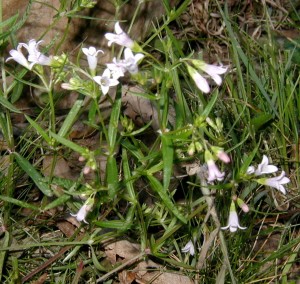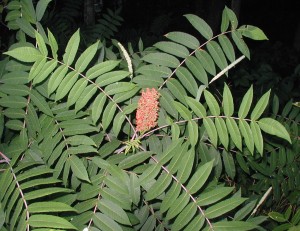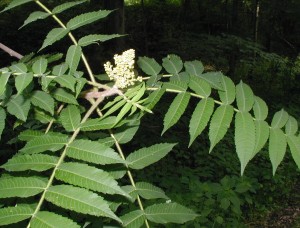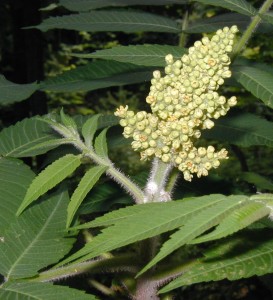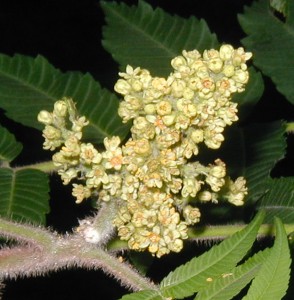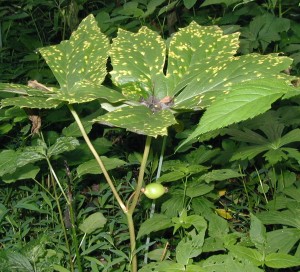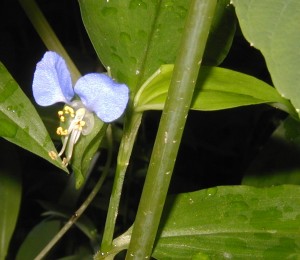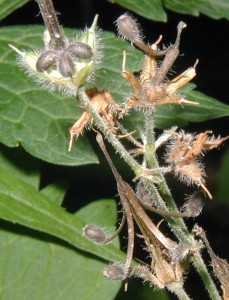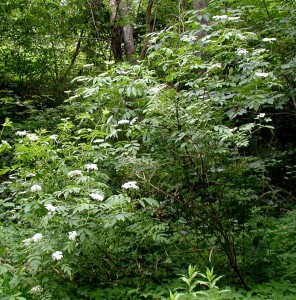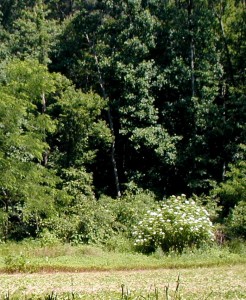Late May to early June is the blooming time for Whorled Loosestrife, Lysimachia quadrifolia in Pennsylvania, in particular South-central PA. These delicate loosestrife plants are about two feet tall and have lance-shaped leaves in whorls. You can find them flowering in open woods, at the edges of fields and along hiking trails.

Cohorts include Spotted Touch-Me-Nots and blackberry vines. Photo above taken 8 June 2010.
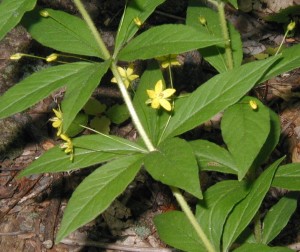
Whorls have typically four leaves and flowers but on the mountain ridge here we often see whorls of five. More rarely plants will have whorls of three. Photo above taken 31 May 2010.
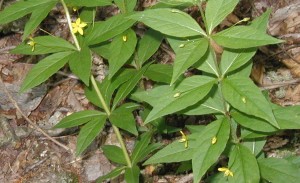
In the photo above taken 31 May 2010 the Whorled Loosestrife plant on the left has five leaves per whorl and the one on the right has four leaves per whorl.
The flowers are truly star-like with five golden-yellow petals. Each has red dots around the center of the flower.
08jun2010
..whorled loosestrife flowering profusely
plants are two feet tall, whorled leaves
Whorled Loosestrife, Lysimachia quadrifolia,
loosestrife-whorled-lane.jpg 08jun2010
About a dozen plants of Whorled Loosestrife blooming in the open woods. Cohorts include Spotted Touch-Me-Nots and blackberry vines.
loosestrife-whorled-flower-buds.jpg 31may10
Flower buds project well over the whorled leaves, one flower for each leaf. Whorls have typically four leaves and flowers but we often see whorls of five.
loosestrife-whorls.jpg
In the photo above taken 31 May 2010 the Whorled Loosestrife plant on the left has five leaves per whorl and the one on the right has four leaves per whorl.
The flowers are truly star-like with five golden yellow petals. Each has red dots around the center of the flower.
…



